Algodoal: A Magic Paradise for Photographers
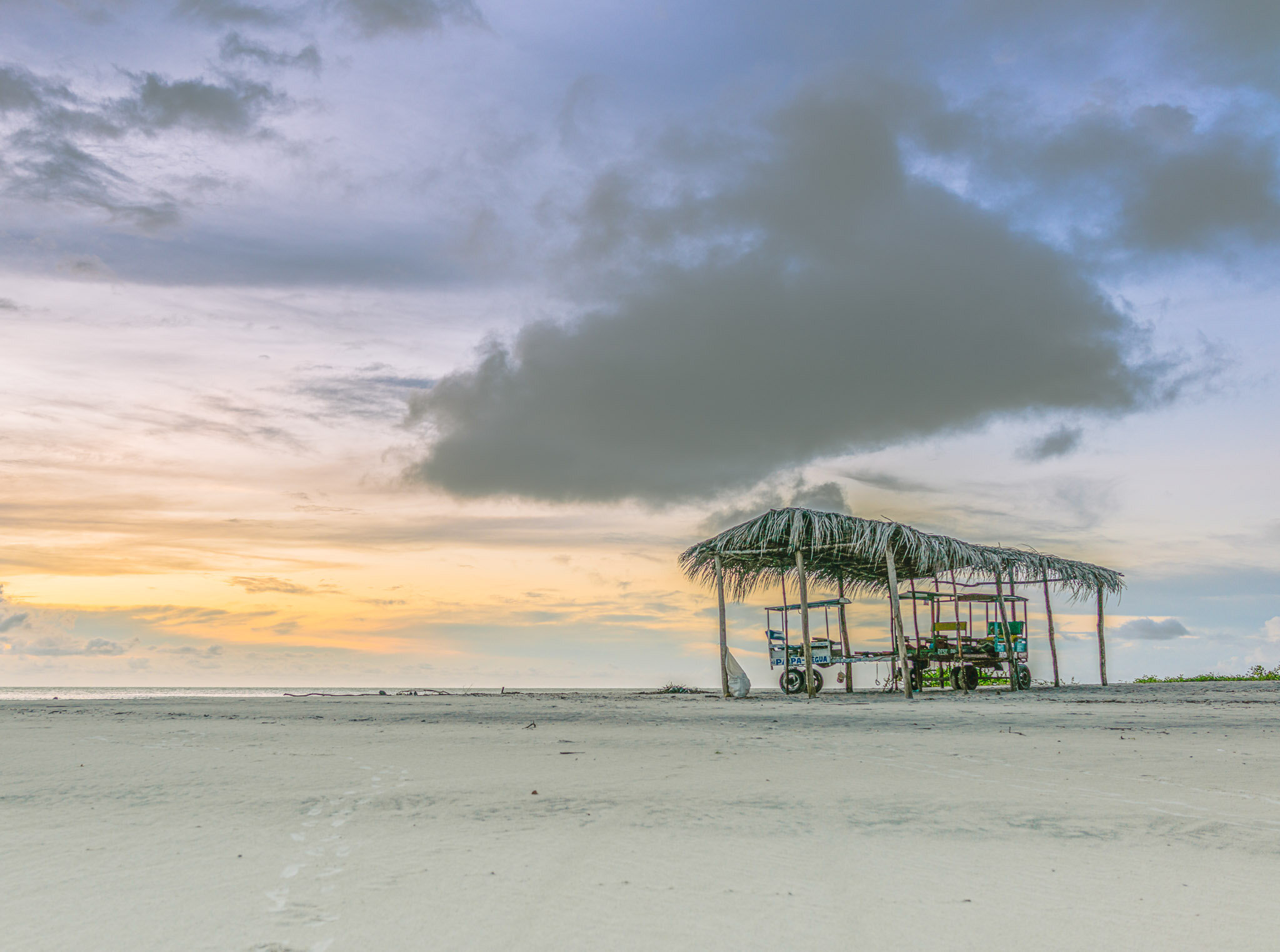
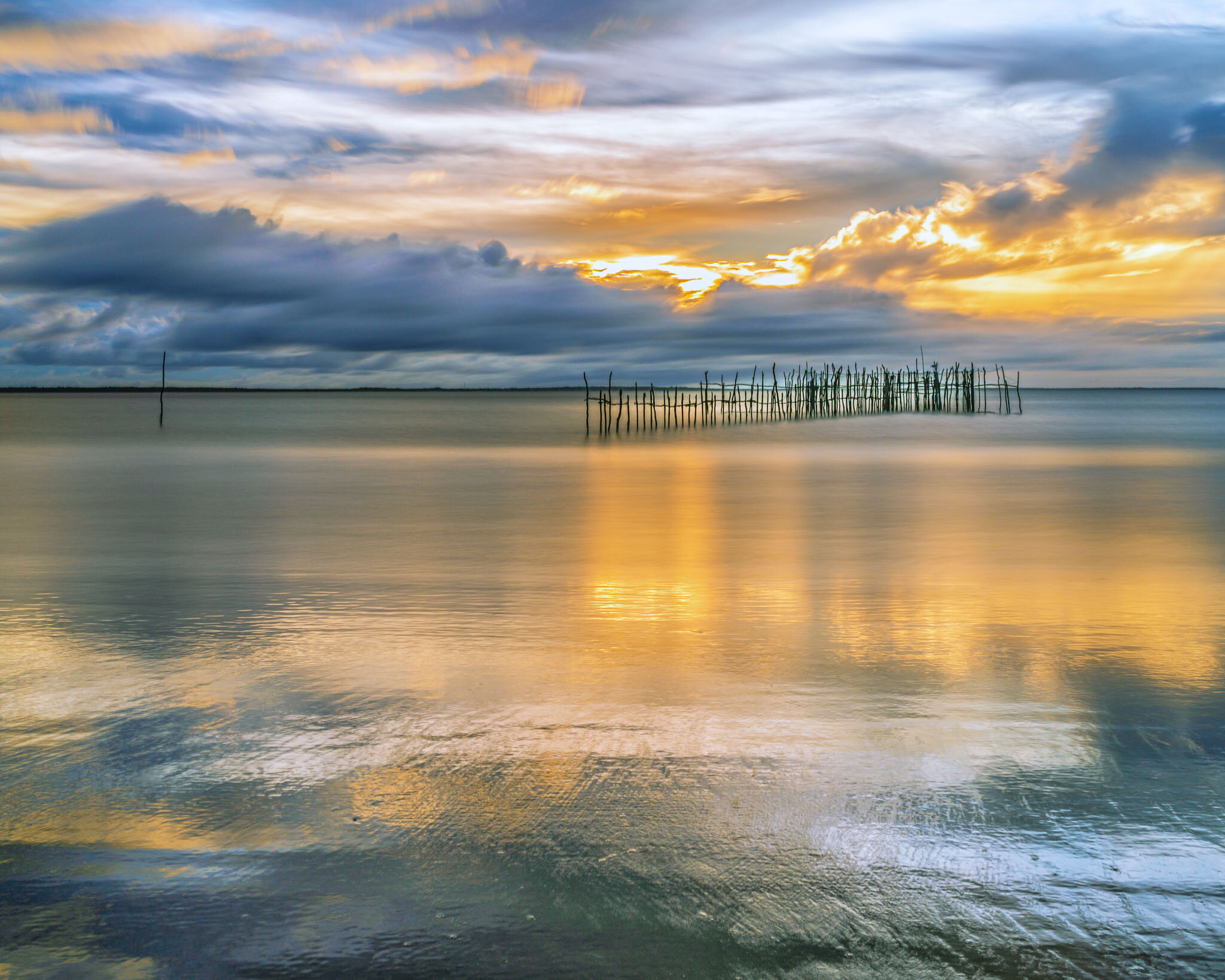
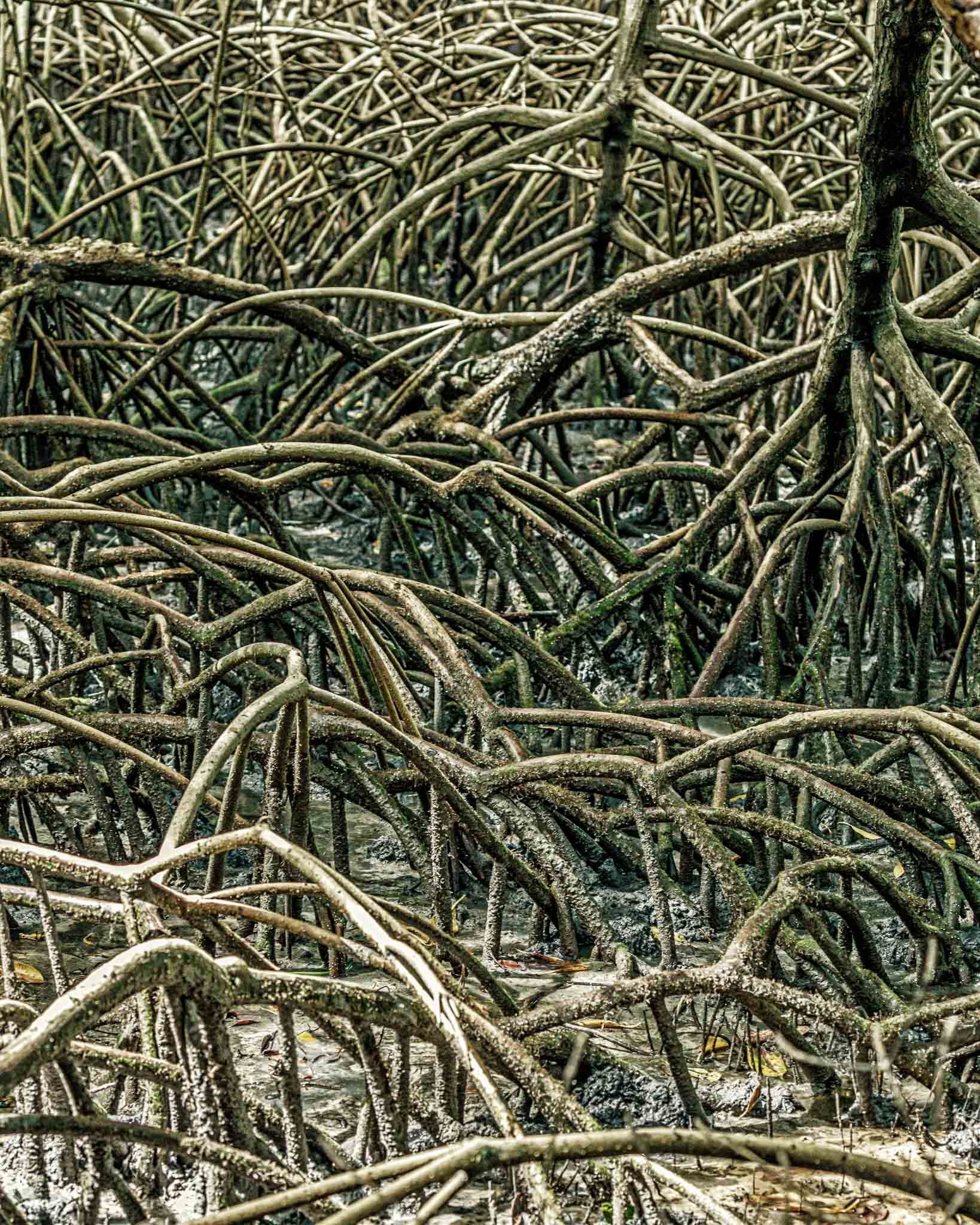
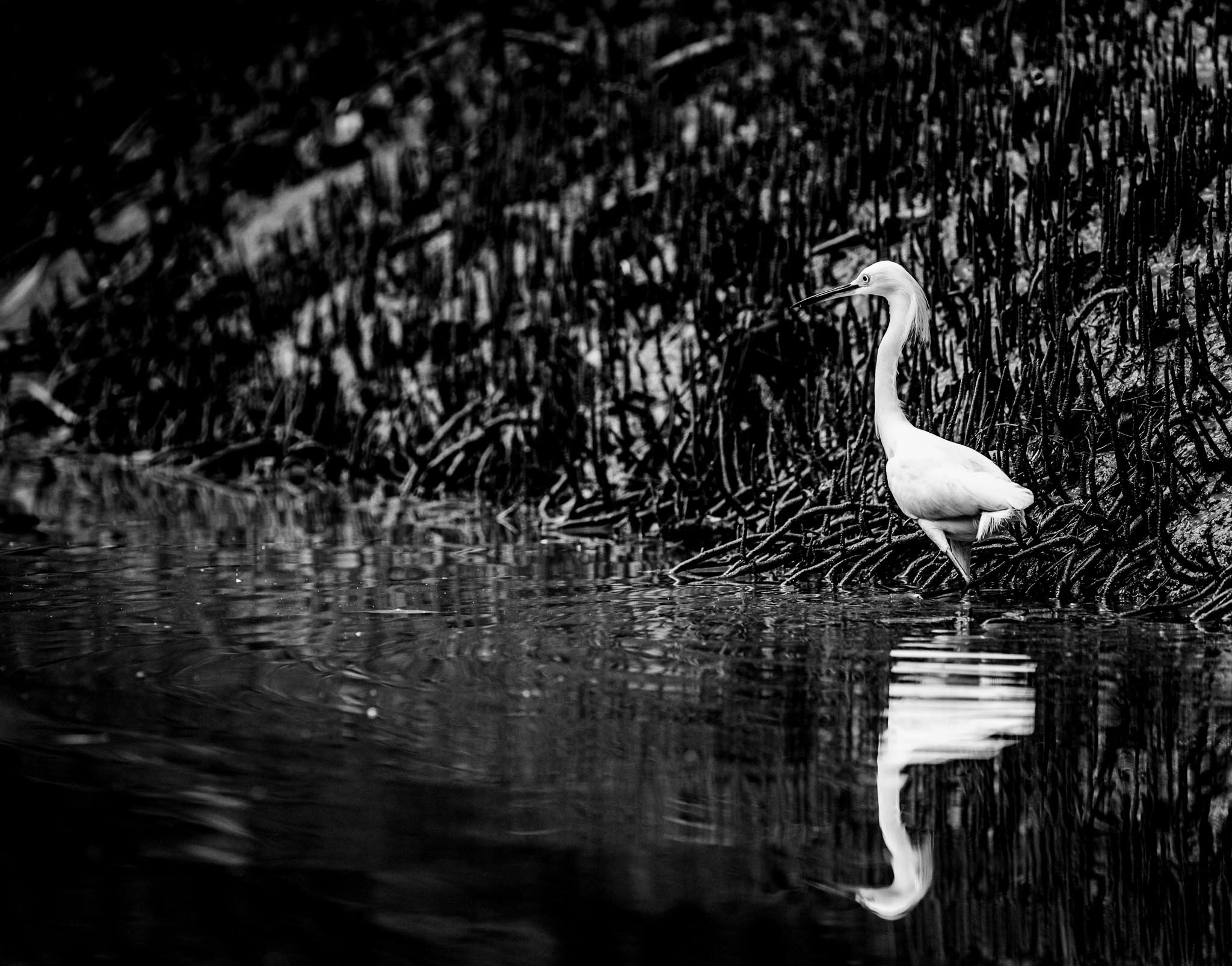
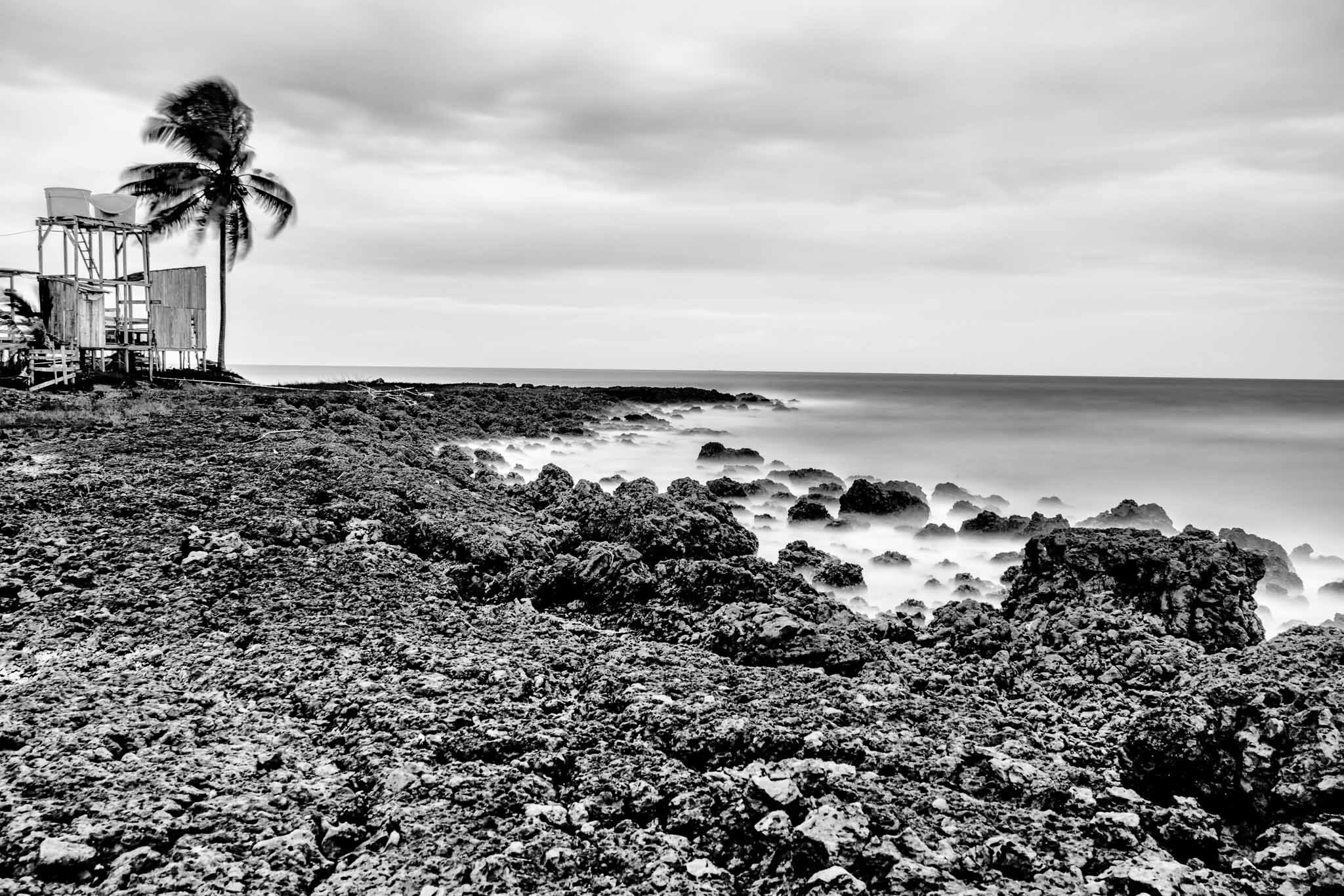
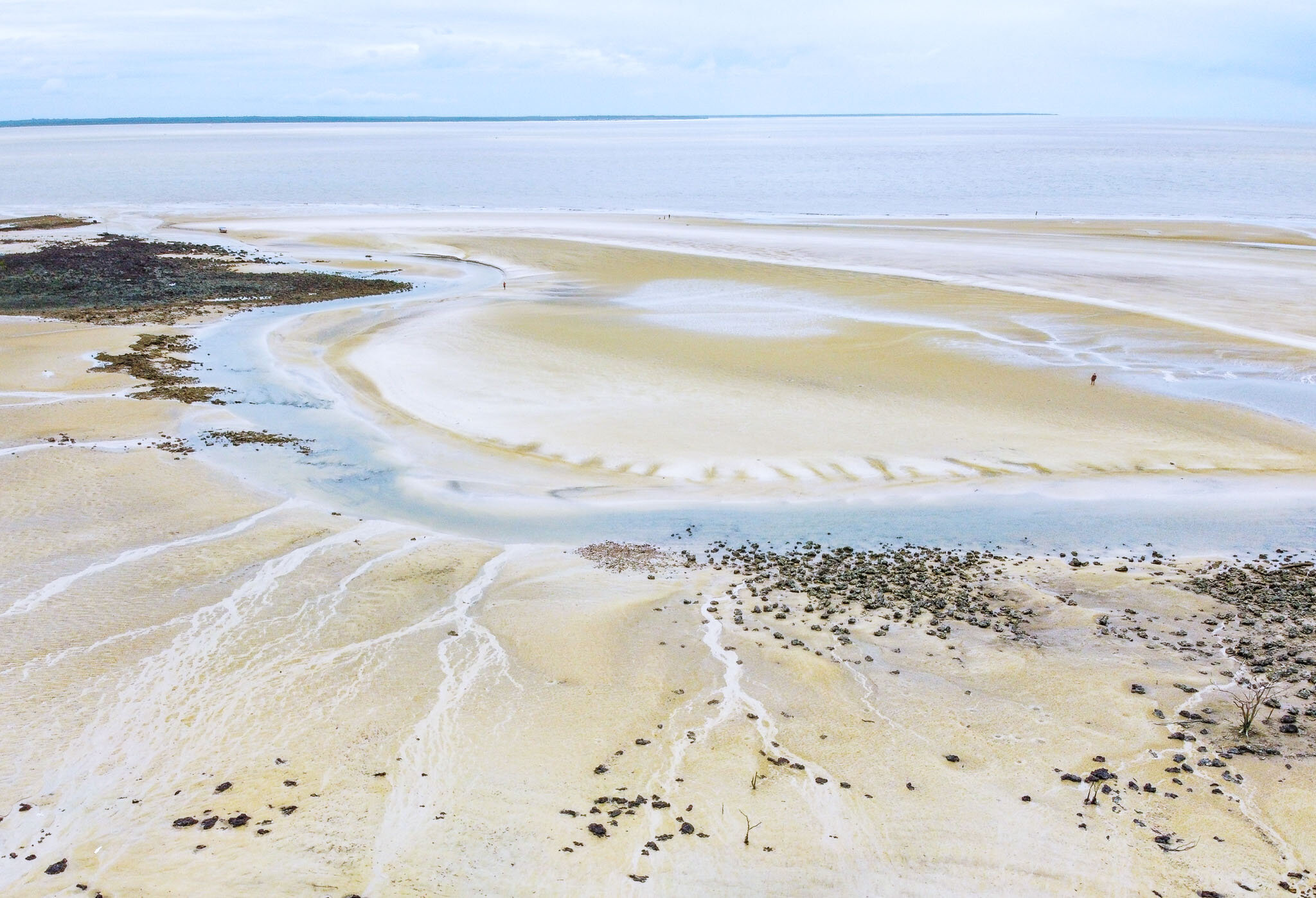
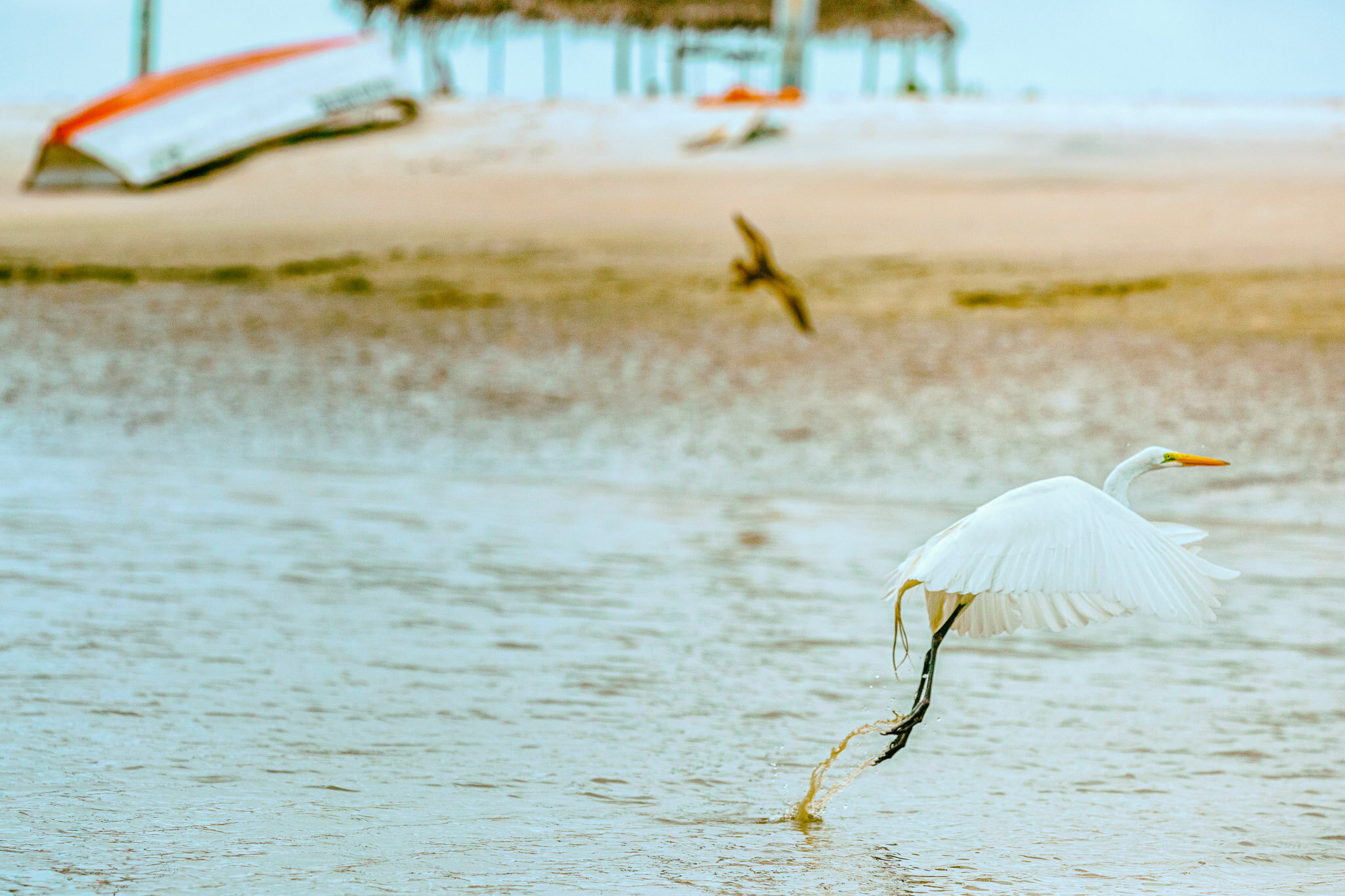
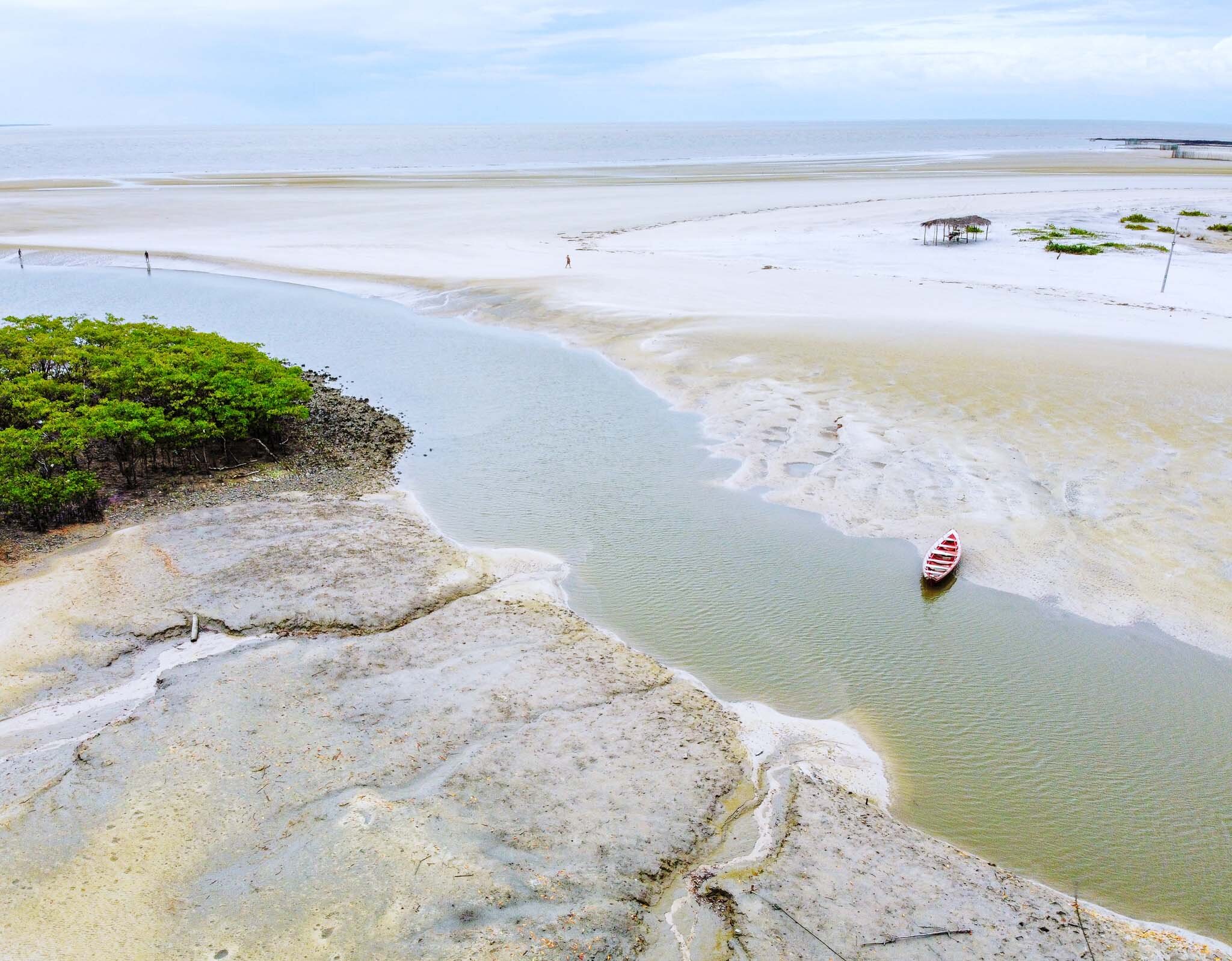

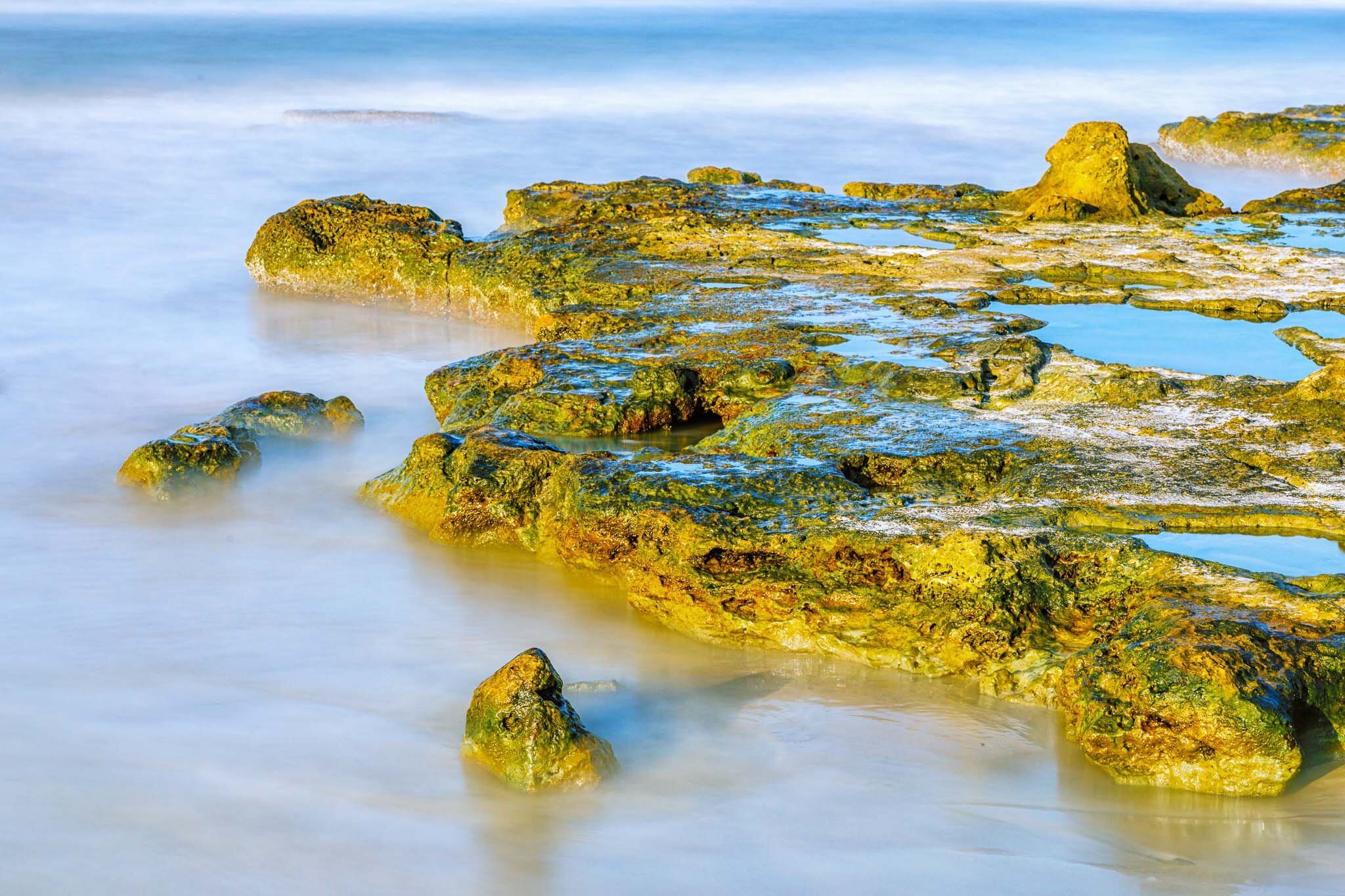
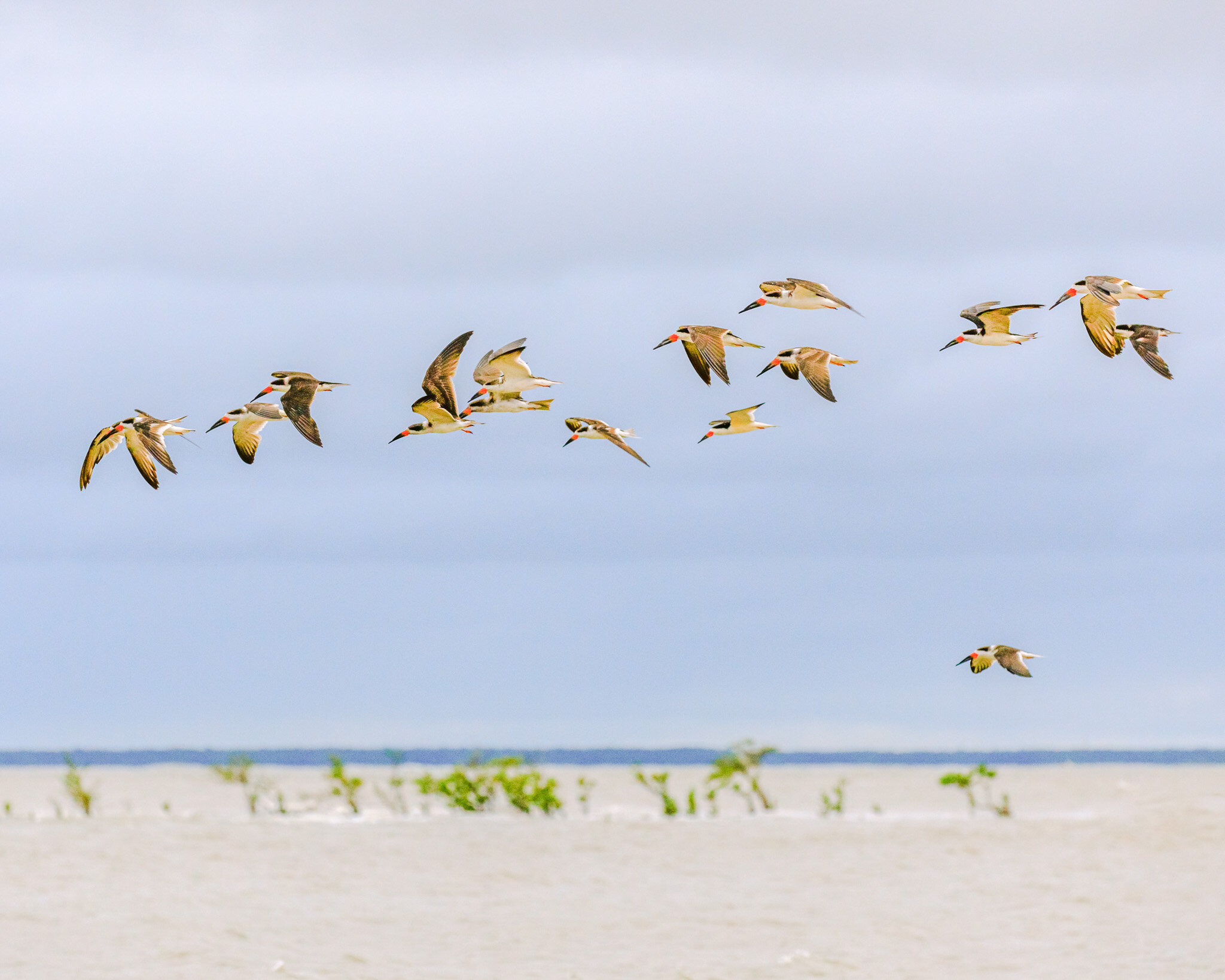
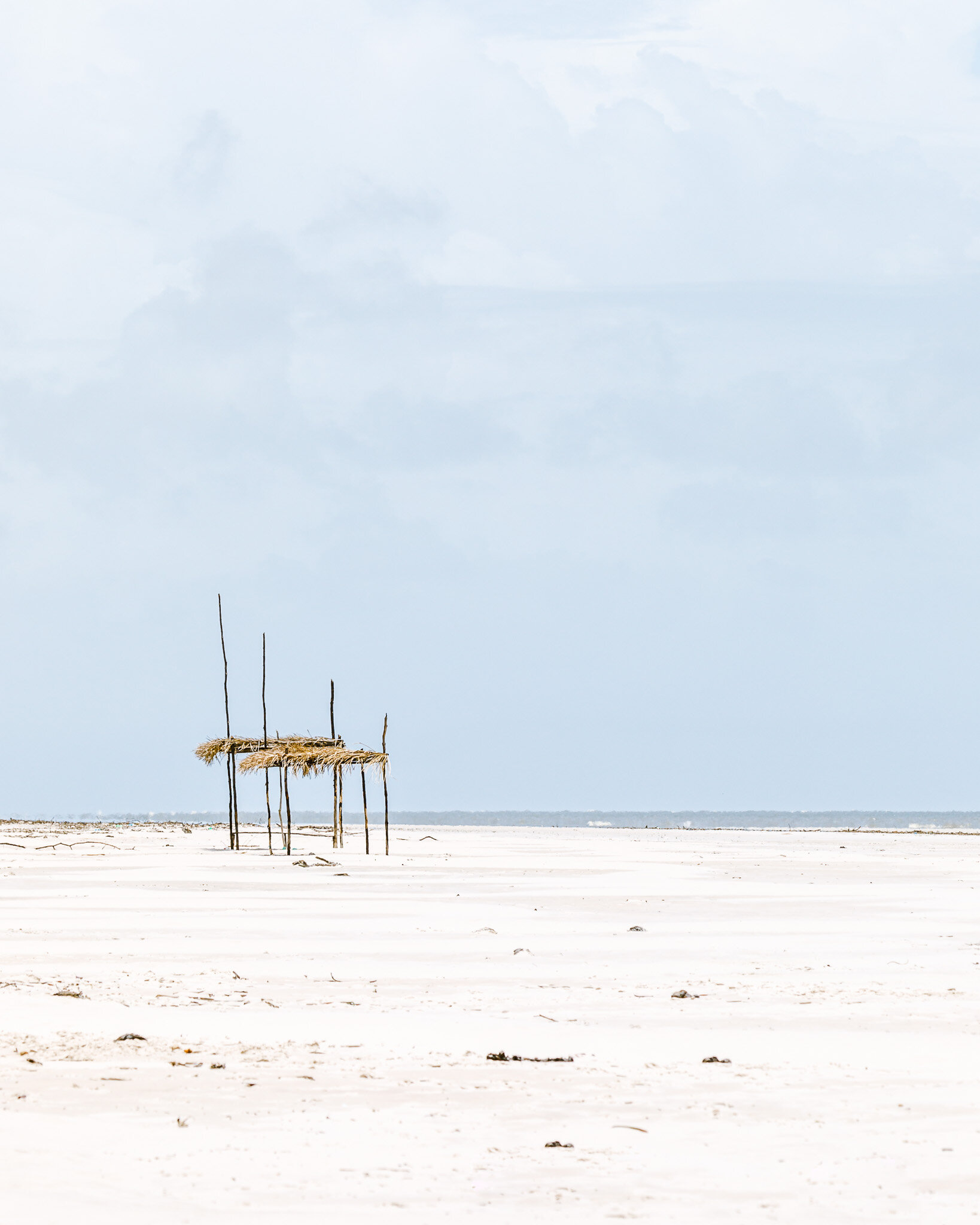
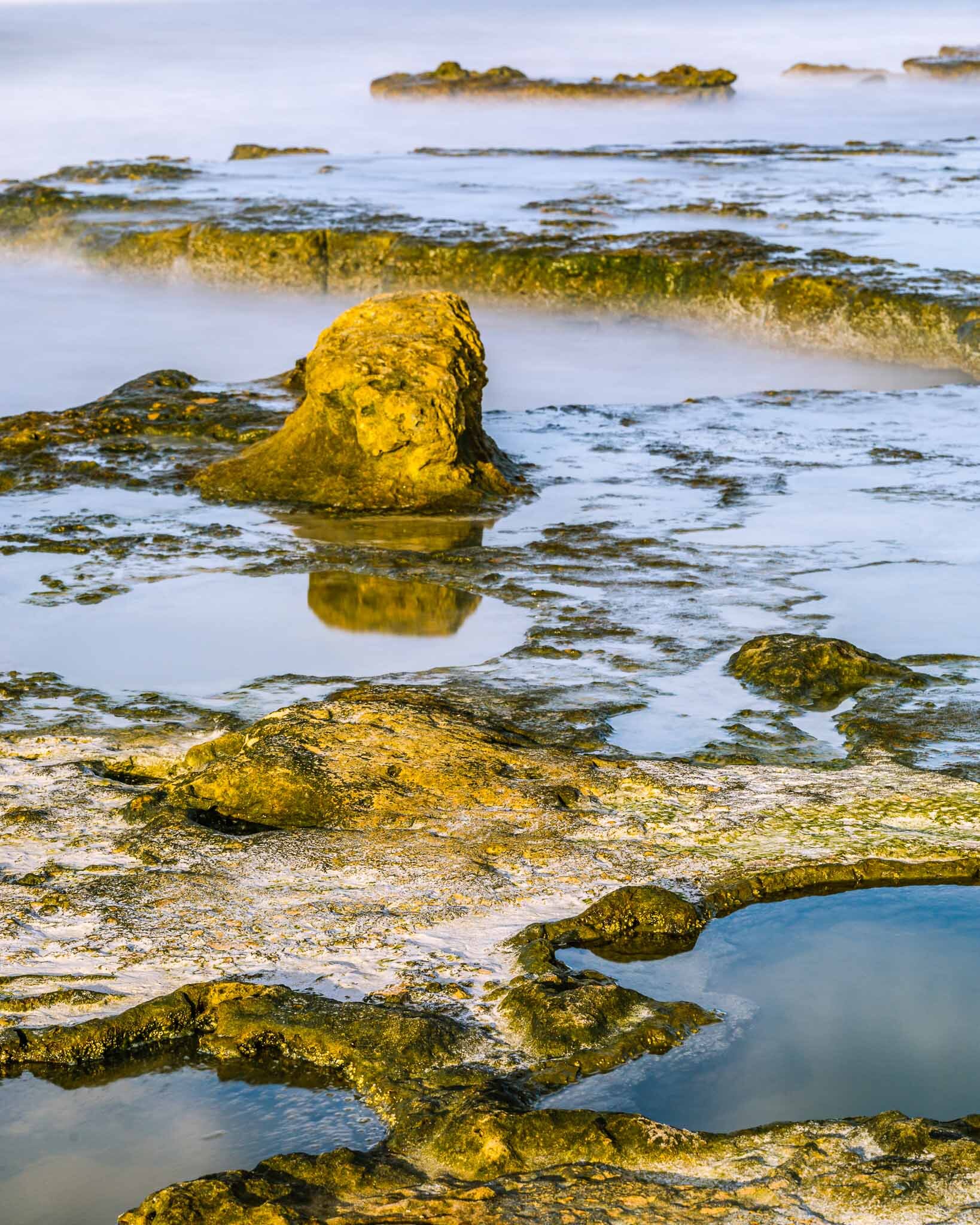
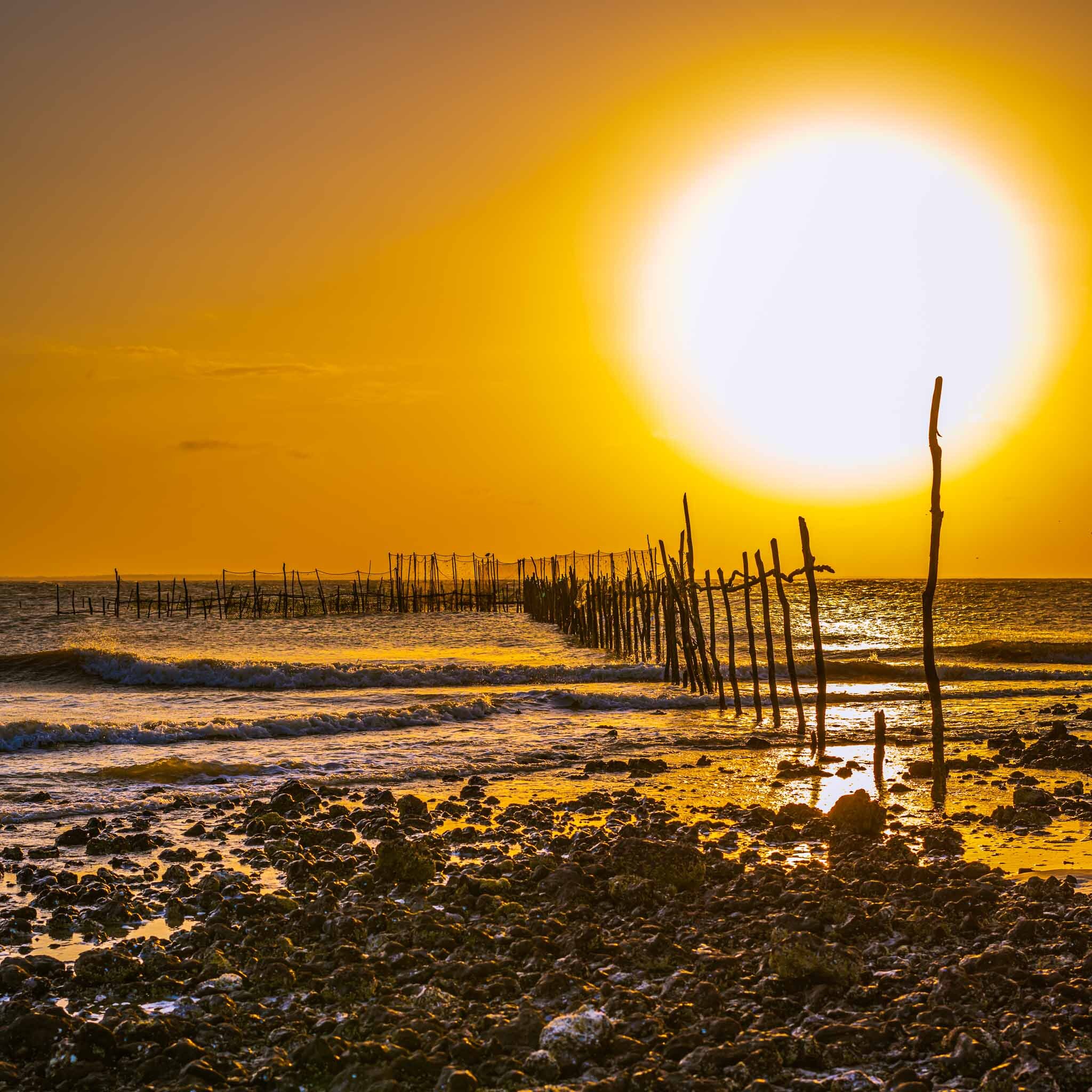
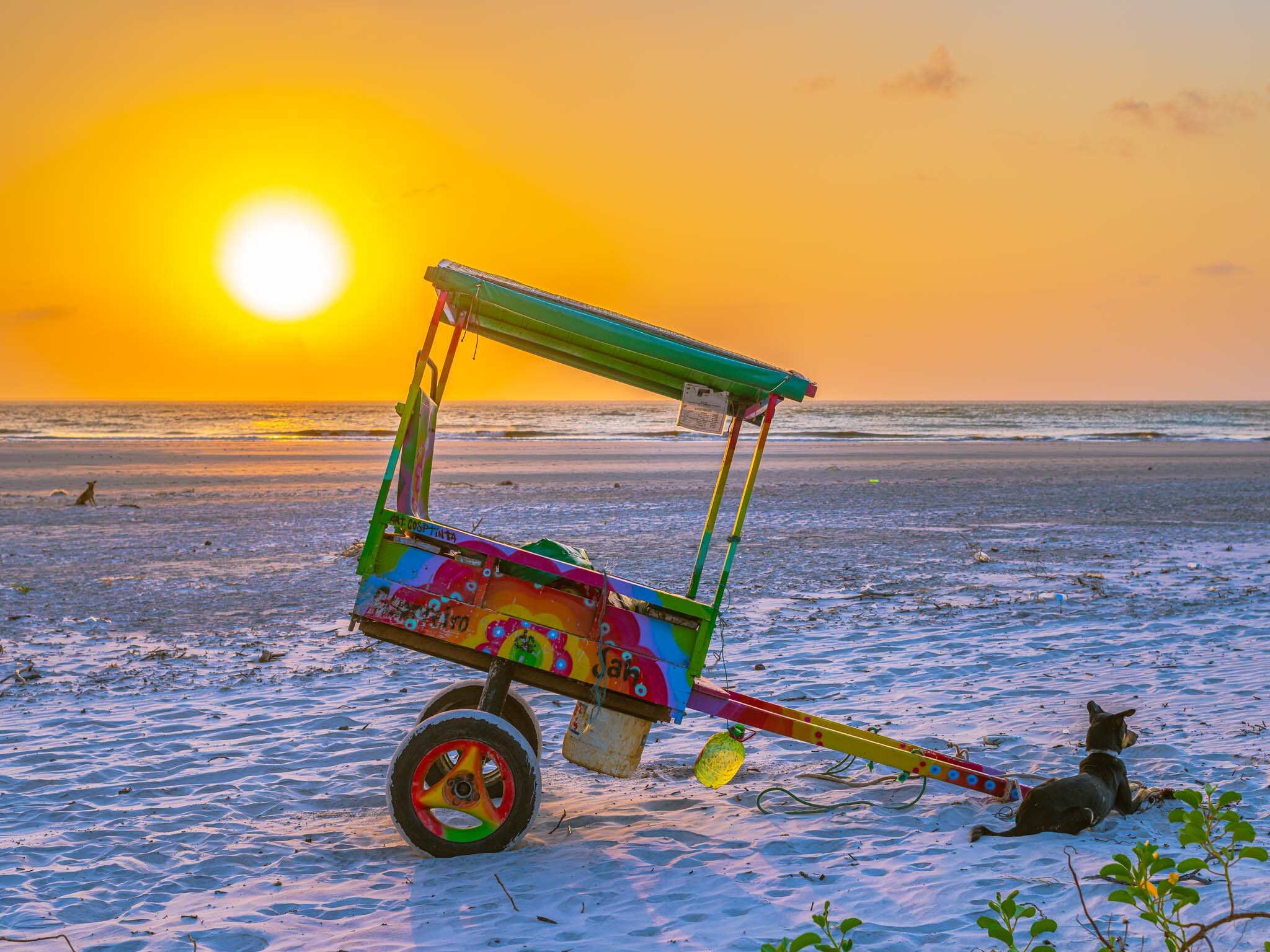
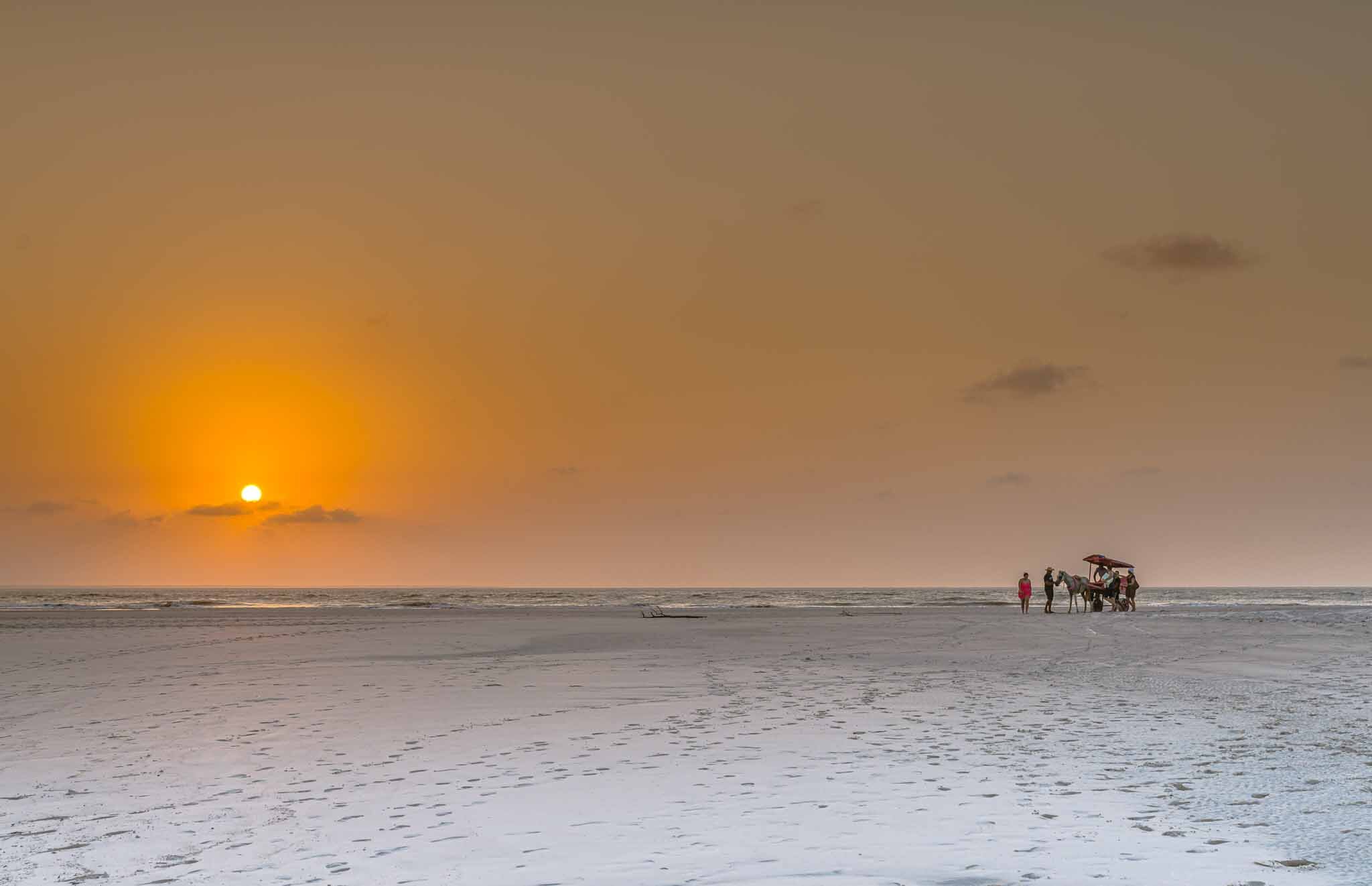
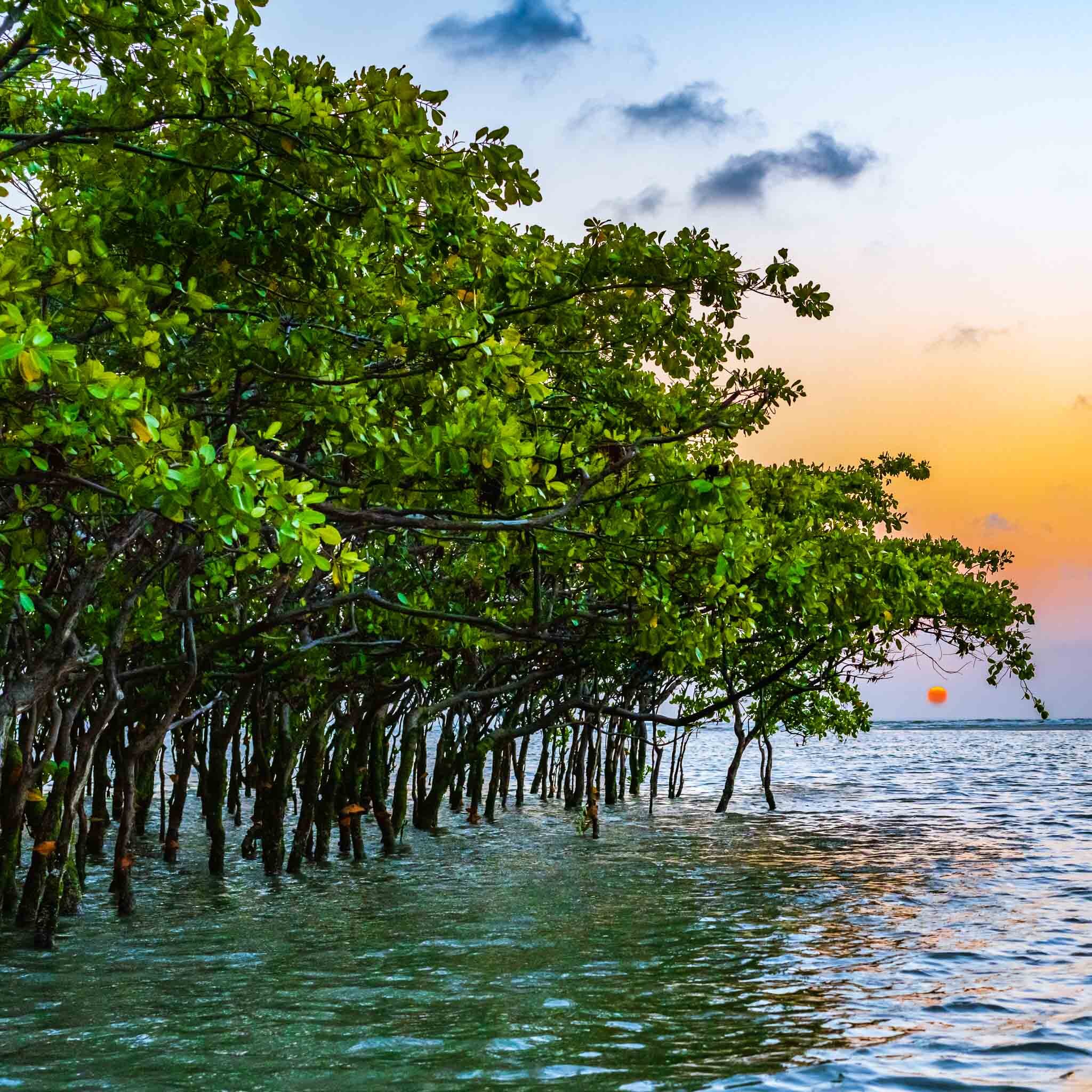

A “lost” Island in the Amazon
Algodoal (called Maiandeua by the natives) is an area of environmental protection located in the municipality of Maracanã, state of Pará, Region of the Amazon, Brazil. Maiandeua is an indigenous name that comes from the Tupi language, and means “Mother of the Earth.” Algodoal’s story is intrinsically connected with tales, fables, and mysticism. There is no consensus on the real story. Even with respect to the name of the island, there are local perspectives involving a multiplicity of hypotheses. The two strongest arguments are that the name may have come from the silk cottons that were naturally present on the island, or due to the incredibly white color of the dunes and sand.
Algodoal is the largest village among the four parts of the island. The other three are Fortalezinha, Camboinha, and Macooca. Algodoal has a more solid infrastructure, which is why it receives a greater number of tourists. The villages are separated by mangroves and tidal channels. Algodoal's climate is hot and humid with temperatures ranging between 25-31 degrees Celsius. The rainy season is between January to March. Tourism and fishing form the main means of economical support for the island. Electricity was first installed in 2005, and the only available water comes from artesian wells built by the residents themselves. The island is ecologically preserved, and motor vehicles are prohibited. Horse-drawn wagons and bicycles are the only accepted means of transport.
What Makes Algodoal Special
The impressive and diverse natural beauty: dunes, beaches, sandbanks, mangroves, and other vegetations offer us months and months of photography opportunities. The island gives us a peaceful and bucolic feeling- we instantly realize its energy and magic: this place is special. Everything is so rustic and surreal that the impression is that we are going back to a distant past. It is as you become bewitched, your senses become more accentuated, everything seems more vivid, more beautiful — the color of the water, the whiteness of the sand, the gold of the sunset. It is as if we begin to see everything differently, like love at first sight. Since my arrival, my heart felt like it started to beat differently, an immediate bond with the place was formed, as if I had taken the mission of becoming a messenger for the island.
What to Photograph
Algodoal is a true paradise for photography. The stones on the shore form ideal sites for long exposure photography. Bring your filters and tripod, because you will have a lot of fun with them. The scorching sun accentuates the clarity of the beaches and the sand becomes like a huge mirror. I advise you to spend a day in Fortalezinha, one of the four local villages. The beach at Fortalezinha is simply unforgettable.
Opportunity for photography exists everywhere you look. For example, the texture of the Mangue (trees with long roots that develop alongside the streams) in Algodoal is simply breathtaking. In addition to the landscapes, for those who like to photograph birds, Algodoal is a full plate. On the island, birds are everywhere. Herons, Guarás, Gaivotas (seagulls), it is amazing how they are not very afraid of the proximity of man. A canoe trip through the igarapés with long lenses, suitable for photographing birds is highly recommended.
Sunrise and sunset are also a must. Photos of the sunset form the postcards of the island. Nowhere else does the sun appear larger, or more golden.
For those who like to use drones to photograph, a trip to the Island will not disappoint. The juxtaposition of the sand dunes with the sea, the rocks, the birds, and the stalls at Praia da Princesa forms a unique setting. The canoes anchored in the sand contrasting with the horse-drawn carts give a special charm. On this trip I did not prioritize photographing the local people, but the cotton natives are very beautiful and exude wonderful energy. For those who like Portrait photography, there will be plenty of options.
How to Get There
The first stop is Belém do Pará. The access to the cotton island is through the port of Marudá, 165km away from the capital Belém. The trip from Belém to Marudá lasts approximately 3 h 30min. The boat trip from Marudá to Algodoal takes approximately 30 min.
Where to Stay
Do not forget that this is an ecotourist tour, and the conditions are rustic. There are some inns on the island that offer wi-fi, warm water, and even restaurants. I had the blessing of staying at Pousada Marhesias, where the owners Paula and Bergot welcome their guests as if they were family members. The inn offers live music in the evenings and a pizzeria that serves delicious local dishes and excellent pizza.
Other Tips
Go with an adventurous spirit, don't be afraid to visit other villages on the island. On my next trip I want to visit a place called Furo Velho with its deserted beaches, called Mutéua. I also want to photograph the Berçario dos Guarás (native birds of red color), and the encounter with the dolphins. Each inn will provide native guides to accompany the photographers during these local trips. These guides will charge a very affordable daily rate. Do not forget to bring sunscreen, mosquito repellent, and cash in bills.
